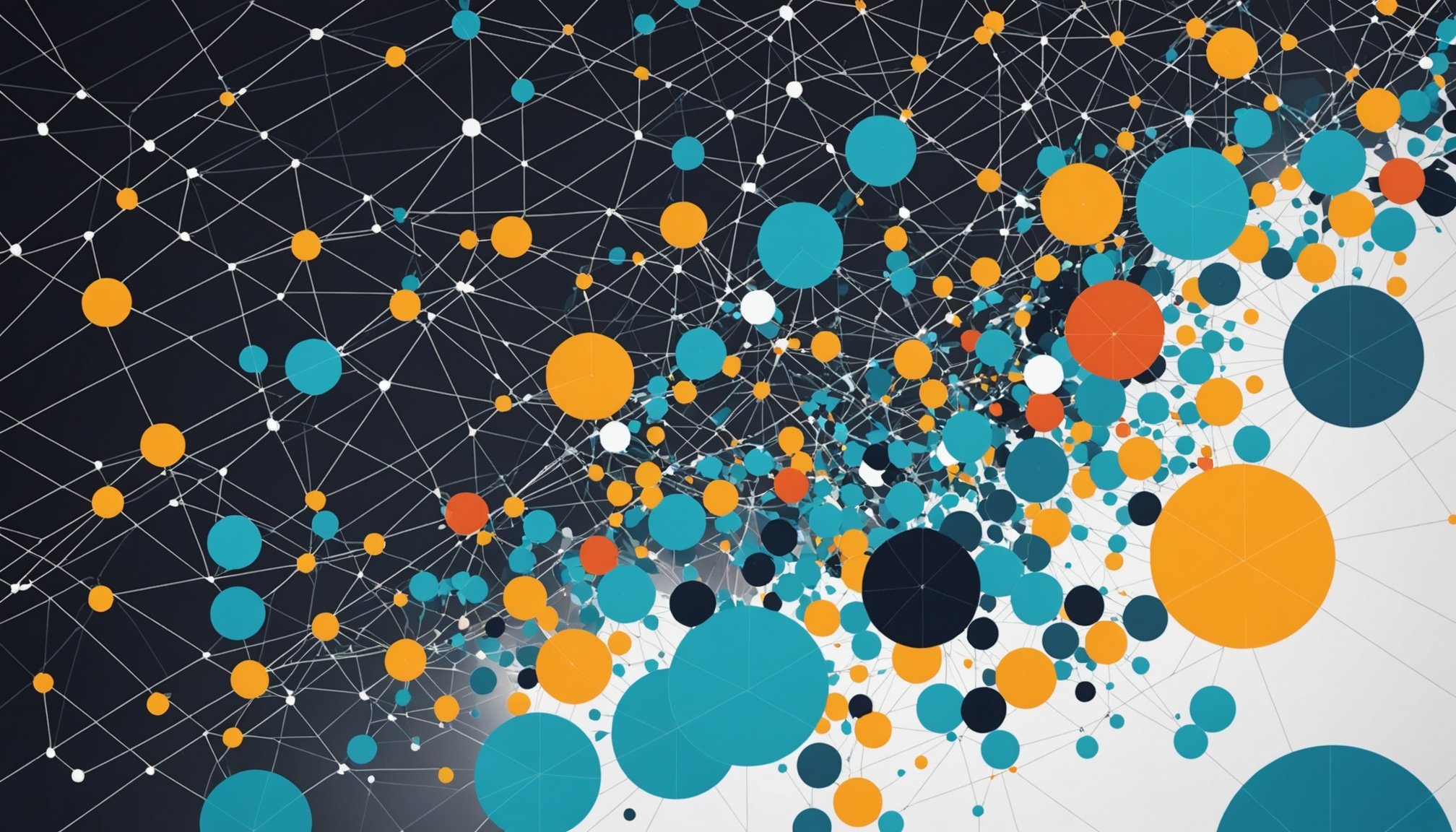In today’s data-driven world, businesses face the challenge of making sense of massive amounts of information. The ability to interpret complex datasets isn’t just a technical skill; it’s a critical component of decision-making. As business landscapes evolve, non-technical stakeholders, from executives to marketing teams, require a clear understanding of data insights to drive strategic decisions. This is where data visualization becomes indispensable. By transforming raw data into visual formats, we bridge the gap between complexity and clarity, making it easier for all stakeholders to understand, analyze, and act upon data-driven insights.
Why Data Visualization Matters
Data visualization serves as a bridge between cryptic datasets and actionable business insights. For non-technical stakeholders, the necessity to grasp intricate details of datasets is paramount but often challenging. Traditional methods of presenting data, such as spreadsheets, can be overwhelming and confusing.
In parallel : Detecting AI content: how the AI checker ensures originality
Visualizations such as charts, graphs, and infographics transform complex data into a more digestible format. These tools highlight patterns, trends, and correlations that might otherwise remain hidden. For instance, a line chart can effectively illustrate sales trends over time, revealing peaks and troughs that guide decision-making processes.
Furthermore, visual tools empower users to engage with the data. Interactive dashboards allow stakeholders to delve deeper, exploring specific areas of interest. This hands-on approach fosters a more profound understanding of the analytics and enables users to derive insights that are personally relevant.
Also to read : What are the ethical considerations surrounding the use of facial recognition technology?
The power of visualization lies in its ability to convert data into stories. By presenting data visually, you can narrate a compelling story that resonates with your audience, making the information memorable and actionable. Thus, in our increasingly visual world, data visualization is not merely an accessory; it’s a fundamental tool for effective communication and strategic development.
Popular Tools and Techniques
The realm of data visualization has expanded dramatically, offering various tools and techniques to suit different needs and complexities. Choosing the right tool is crucial in effectively communicating data insights to non-technical stakeholders.
Software like Tableau, Power BI, and Google Data Studio has democratized access to powerful data visualization capabilities. These platforms provide user-friendly interfaces that allow users to create visually appealing visualizations without needing deep technical expertise. By leveraging drag-and-drop features, users can swiftly convert data into meaningful visual formats.
For those who have more technical prowess, tools like D3.js offer extensive customization options. While they require a coding background, the flexibility they offer is unmatched, allowing users to create bespoke visualizations that cater to specific business needs.
Apart from software, there are various visualization techniques that enhance understanding. Heatmaps, for example, showcase data patterns through color intensity, making it easy to spot anomalies. Similarly, scatter plots can reveal relationships between variables, aiding in identifying potential correlations.
As these tools and techniques continue to evolve, the focus remains on empowering users to explore data easily and intuitively. Whether you’re a data analyst or a marketing executive, having the right resources at your disposal can significantly enhance your ability to derive actionable insights and make informed business decisions.
Harnessing the Power of Patterns and Trends
Identifying patterns and trends is essential for businesses aiming to stay ahead of the curve. Data visualization plays a pivotal role in uncovering these insights, providing a visual representation of data that is easy to interpret.
Patterns in data can reveal insights into customer behavior, market dynamics, and operational efficiencies. By displaying data visually, stakeholders can quickly identify recurring themes, assess performance, and predict future outcomes. For instance, businesses can track buying patterns across time, optimizing inventory and marketing strategies accordingly.
Trends, on the other hand, can shape strategic directions. Through visualizations, stakeholders can observe shifts in market conditions, consumer preferences, or economic indicators. This foresight is invaluable in crafting plans that align with emerging opportunities and challenges.
Incorporating predictive analytics into visualizations further enhances decision-making. By projecting future trends based on historical data, businesses can anticipate changes and adapt their strategies proactively. This approach not only mitigates risks but also maximizes potential benefits.
Ultimately, harnessing the power of patterns and trends through visualization equips businesses with the foresight needed to thrive in a dynamic environment. As such, the ability to interpret and act upon these insights is a competitive advantage that cannot be overstated.
Improving Stakeholder Engagement and Understanding
Engaging non-technical stakeholders in data discussions can be challenging. However, data visualization serves as a catalyst for enhanced communication and understanding. By presenting data in a visual format, complex concepts become more accessible, fostering an environment of collaborative decision-making.
Visuals have a universal appeal, transcending language barriers and simplifying complex datasets. For stakeholders unfamiliar with technical jargon, visualizations provide a clear and concise overview, facilitating informed discussions. This approach ensures everyone is on the same page, regardless of their technical background.
Moreover, interactive visualization tools allow stakeholders to explore data from different perspectives, encouraging active participation. Features such as filtering and zooming enable users to tailor the data to their specific interests, engendering a deeper engagement with the material.
Data visualization also plays a critical role in storytelling, transforming numbers into narratives that resonate with stakeholders. By weaving data into a compelling story, you can highlight key points and drive home the significance of the insights gleaned.
In summary, improving stakeholder engagement through data visualization is not just about making data more understandable; it’s about fostering a culture of data-driven decision-making. By empowering stakeholders with the tools and insights they need, businesses can ensure that everyone is aligned towards common goals, paving the way for successful outcomes.
Data visualization is more than a trend; it’s an essential tool for bridging the gap between technical complexity and stakeholder understanding. By translating large datasets into clear and compelling visual narratives, businesses can unlock the full potential of their data.
From simplifying complex datasets to engaging non-technical stakeholders in meaningful discussions, the power of data visualization is undeniable. With the right tools and techniques, businesses can uncover valuable patterns and trends, driving informed decisions and fostering strategic alignment.
As we look towards the future, the ability to effectively visualize data will become an increasingly critical skill. Businesses that harness this power will be better equipped to navigate the challenges and opportunities of an ever-evolving landscape. By embracing data visualization, organizations can ensure their data not only informs but also inspires, ultimately leading to smarter decisions and sustained success.











